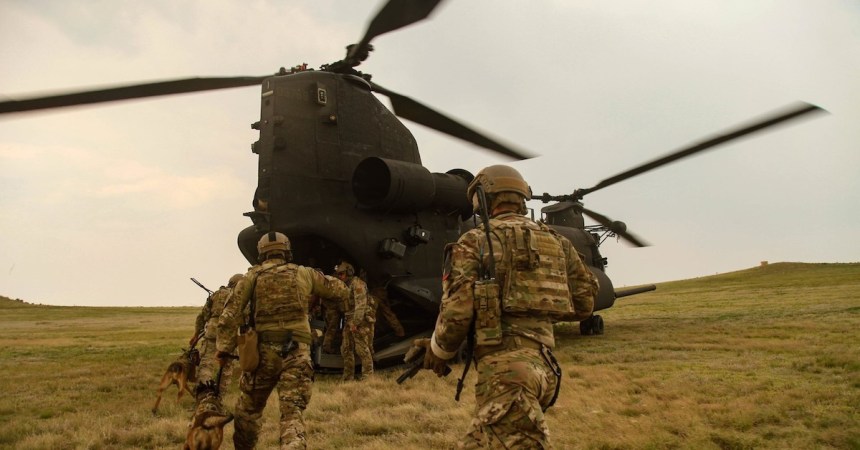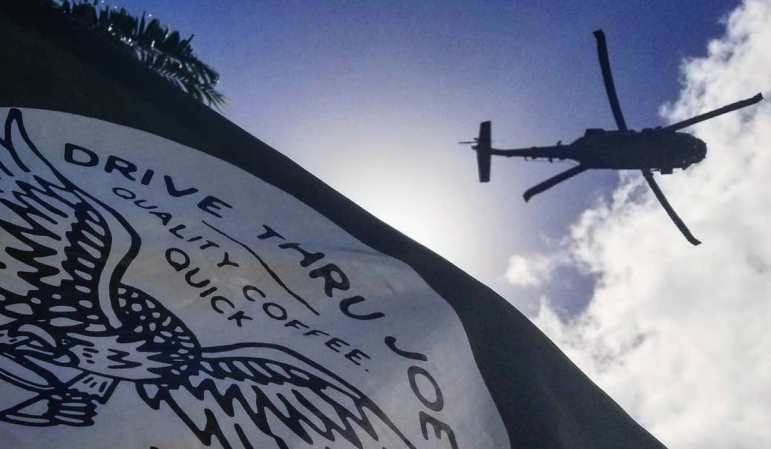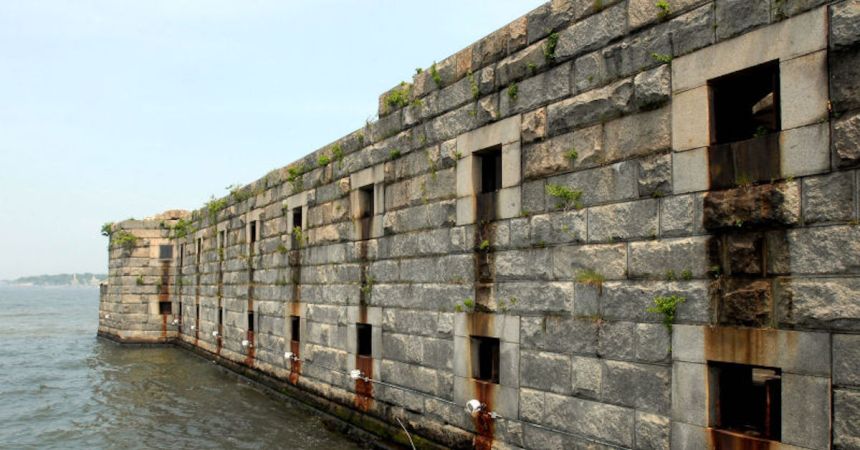If you’ve ever seen some of the DOD videos – or photos, for that matter – from Iraq or Afghanistan, they’re often accompanied by huge clouds of dust as helicopters come in for a landing.
But here’s what you don’t see; the damage the sand and dust does on the engines of those helicopters.

That matters – because the engines of helicopters and jets have one naturally-occurring enemy: FOD, which stands for “foreign object debris.” According to an FAA fact sheet, FOD was responsible for the June 2000 crash of an Air France Concorde that killed 113 people.
What the fact sheet doesn’t mention is that sand and dust are also foreign objects to an engine. What they do isn’t as spectacular as what happened in Paris almost 17 years ago, but it can be just as lethal.
Worse, while regular FOD walks can handle the larger objects, you can never quite get all the sand and dust away from an air base in Afghanistan or Iraq. So, there is a need to figure out how to keep the sand and dust from damaging engine components.

The Department of Defense recently released a video about efforts to address this. For instance, one of the researchers in this video one component in the T-700 engine is supposed to last 6,000 hours, but sand and dust reduce that to 400 hours – 1/15 of the planned operating life.
The price tag for the component in question? $30,000. That is a minor inconvenience. When a helo goes down, things get even uglier.
So check out the new ways researchers are attacking the problem of sand-damaged engines.


























